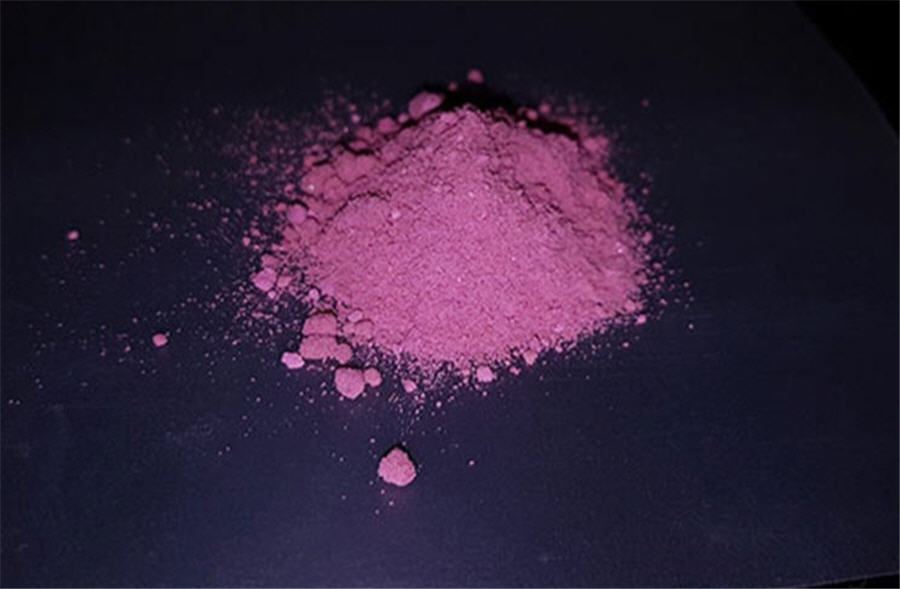Cobalt hydroxide price up 55% in three months

After hitting near decade highs in March last year within a stone’s throw of $100,000 per tonne, cobalt prices fell off a cliff.
Glencore’s decision in August to mothball the world’s largest cobalt mine breathed new life into the market, but so far the response has been relatively muted with the metal stuck in the mid-$30,000s.
While cobalt metal prices on the LME aren’t moving, Benchmark Mineral Intelligence’s October cobalt price assessment shows sulphate prices gaining 2.3% month on month and more significantly, hydroxide (typically containing 20-40% cobalt) prices jumping 9.2%.
Cobalt consumers looking to secure traceable hydroxide may struggle to find significant volume if they are not in either the GEM or Umicore supply chain already
Ahead of Glencore’s move, the Benchmark cobalt hydroxide price was assessed at $17,050 per tonne. October’s assessment of $26,400 per tonne means prices have appreciated by more than 50% since then.
Imports of hydroxide and concentrates rose 28% during the third quarter, compared to the June quarter.
At first blush the report seems like unalloyed good news for cobalt bulls, but the battery metals benchmark pricing firm cautions that the better pricing environment wasn’t a “fundamental uptick, but “largely a reflection of improved average metal pricing (an important factor in determining the hydroxide price) rather than increased market demand.”
In October, Glencore (LON:GLEN) committed to sell about a quarter of its annual cobalt production over the next five years to Chinese battery manufacturer GEM. The Baar, Switzerland-based firm will sell at least 61,200 tonnes of cobalt hydroxide to GEM between 2020 and 2024.
Benchmark points out that this deal, alongside the supply agreement announced in May 2019 between Glencore and Begium’s Umicore “could lock up more than 85% of Glencore’s DRC cobalt production in 2020”:
Cobalt consumers looking to secure traceable hydroxide may struggle to find significant volume if they are not in either the GEM or Umicore supply chain already. Glencore is one of the few large-scale industrial producers in the DRC which can supply cobalt that is traceable and free from artisanal mining.
Intensifying scrutiny of the cobalt supply chain as a result of the dominance of the DRC (responsible for more than two-thirds of global output and the bulk of reserves) is favouring cobalt explorers in the rest of the world, with conflict-free cobalt attracting a price premium in the future a likely outcome.
More News
{{ commodity.name }}
{{ post.title }}
{{ post.date }}



Comments